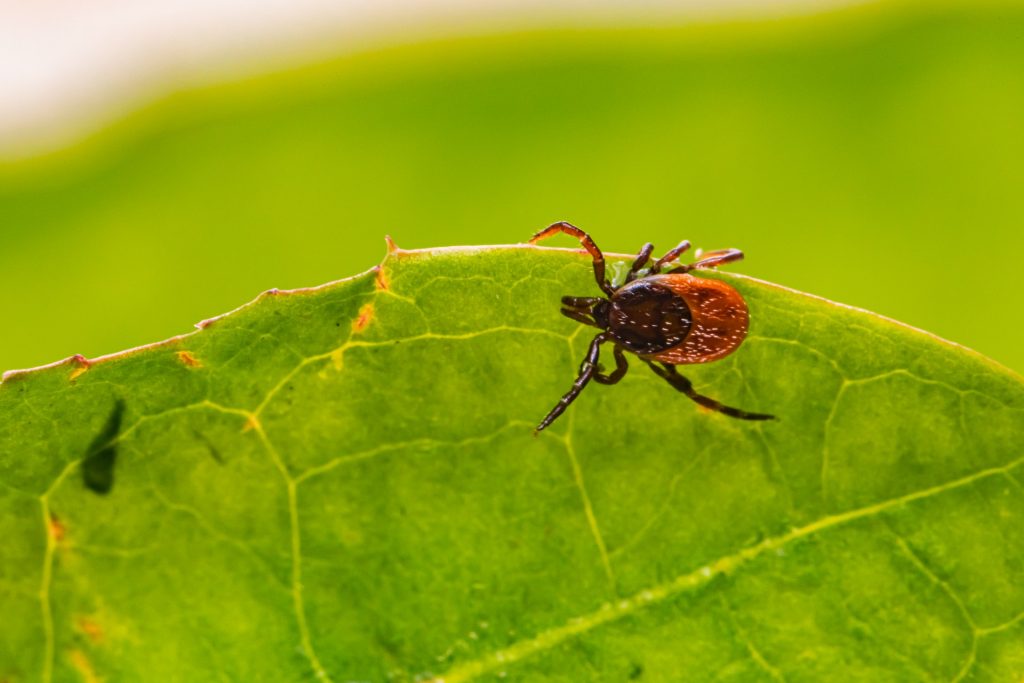New Antibody Treatment for Crimean-Congo Haemorrhagic Fever

Working with international colleagues, US Army scientists have developed and tested an antibody-based therapy to treat Crimean-Congo haemorrhagic fever virus (CCHFV).
The deadly virus is carried by ticks and has a high mortality rate, killing up to 60% of those infected. Their findings are published in the journal Cell.
The researchers characterised the human immune response to natural CCHFV infection by using blood samples donated by disease survivors. They were able to identify several potent neutralising antibodies that target the viral glycoprotein–a viral component which has a key role in disease development. A number of of these antibodies, administered individually or in combination, successfully protected mice from CCHFV when exposed to the virus after antibody administration.
In order to treat mice that had already been infected with the virus, the team created ‘bispecific’ antibodies that combined potency with the ability to bind to two different sites on the CCHFV glycoprotein. One of these bispecific antibodies, called DVD-121-801, overcame CCHFV infection in mice with just a single dose administered 24 hours after challenge with live virus.
DVD-121-801 as a potential therapeutic for human patients, according to co-first author Andrew H. Herbert, Ph.D., of the U.S. Army Medical Research Institute of Infectious Diseases (USAMRIID).
CCHFV is the most prevalent tick-borne virus that causes human disease, and is endemic in countries across Europe, Asia, and Africa. CCHF occurs most frequently among agricultural workers following the bite of an infected tick, and to a lesser extent among slaughterhouse workers exposed to the blood and tissues of infected livestock and medical personnel through contact with the body fluids of infected patients. In spite of its high lethality and widespread distribution, there are no vaccines or specific treatments for it. It has been designated a priority pathogen by the World Health Organization.
Study co-first author Andrew H Herbert, PhD, US Army Medical Research Institute of Infectious Diseases, said: “Rodent models of CCHFV infection are useful in testing and down-selecting neutralising antibodies. However, to advance a lead candidate for therapeutic use, it will be necessary to conduct studies in larger animal models that more faithfully recapitulate human disease.”
Source: Medical Xpress
Journal information: J. Maximilian Fels et al, Protective neutralizing antibodies from human survivors of Crimean-Congo hemorrhagic fever, Cell (2021). DOI: 10.1016/j.cell.2021.05.001



